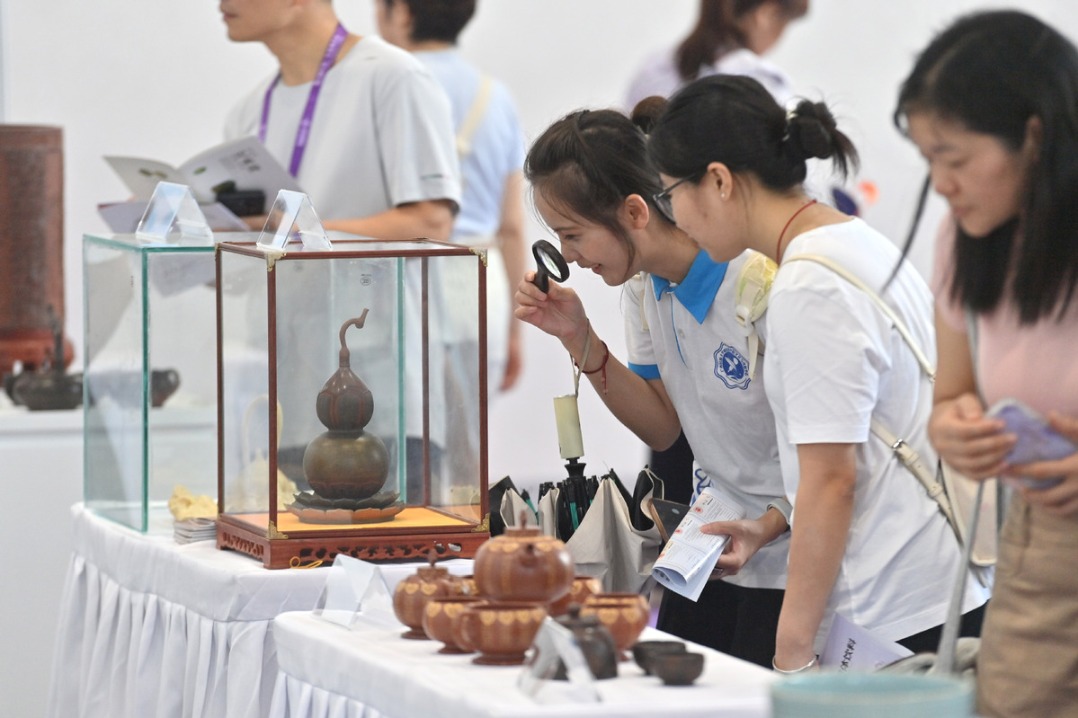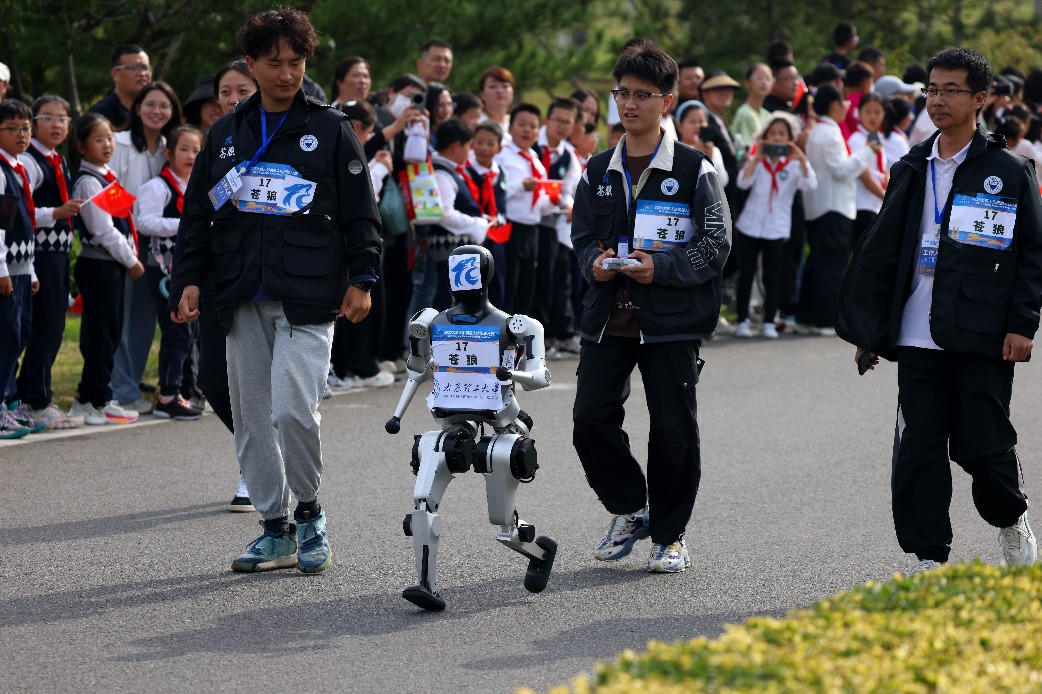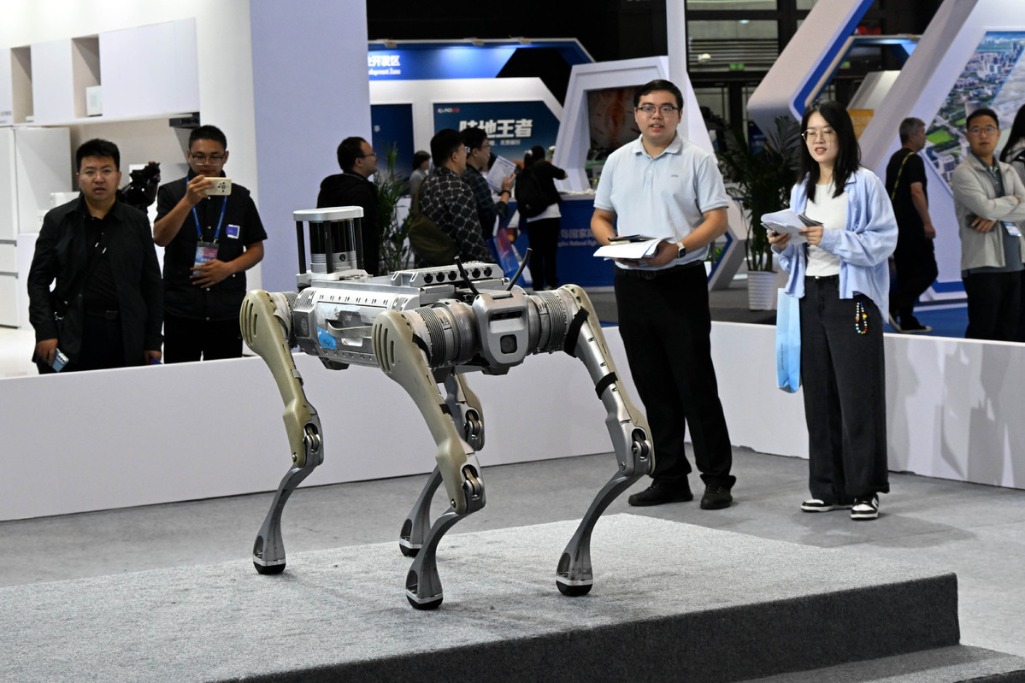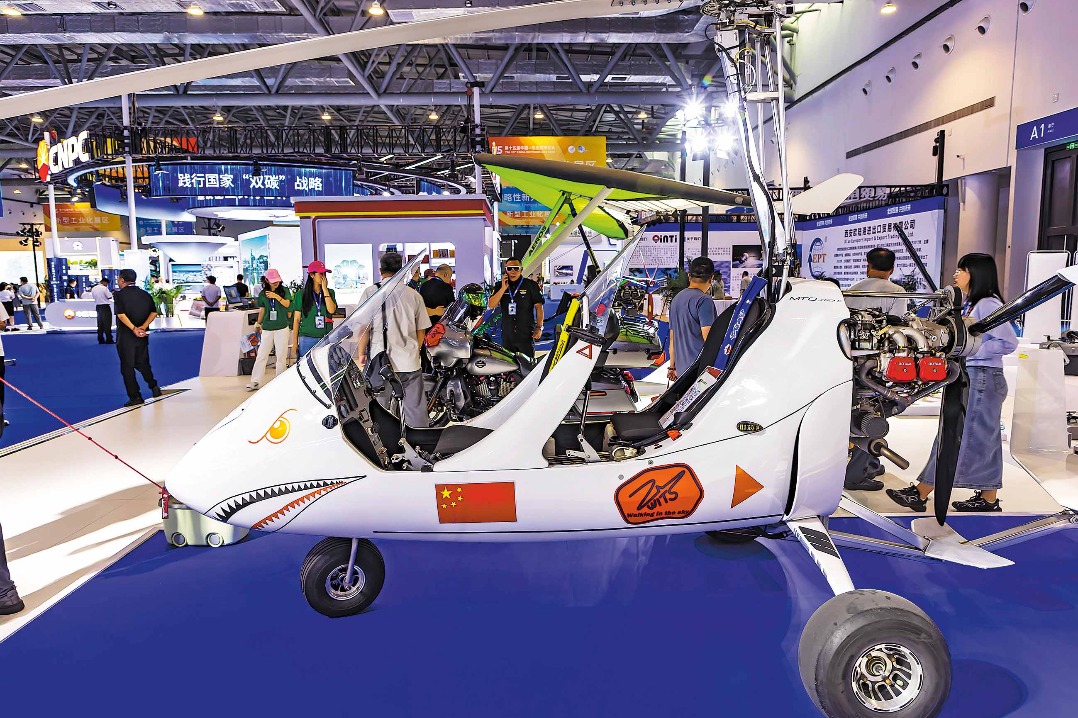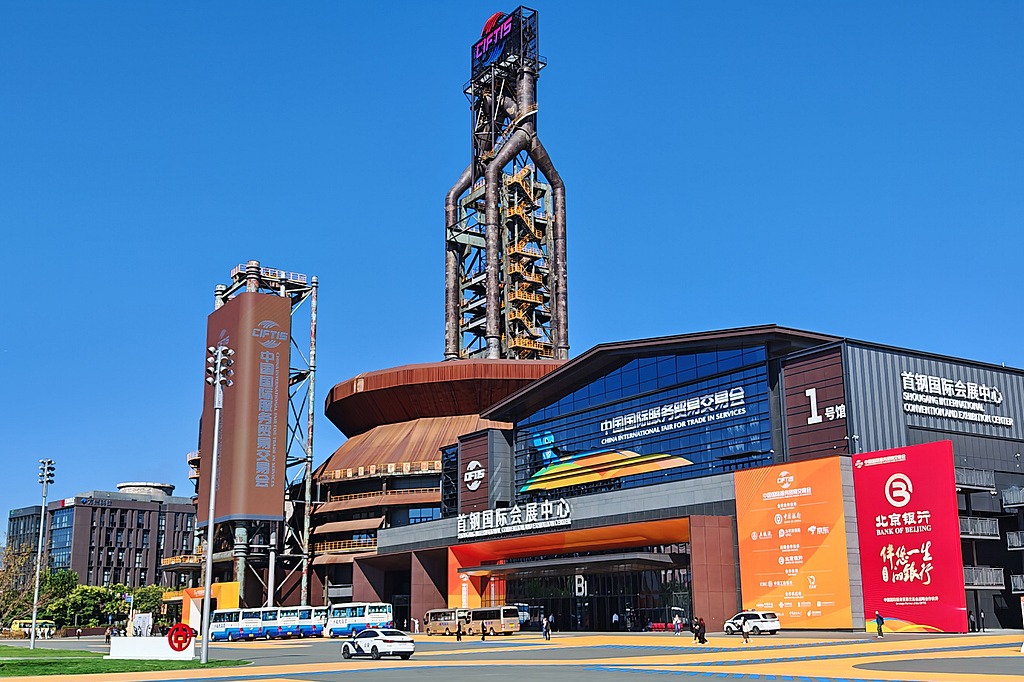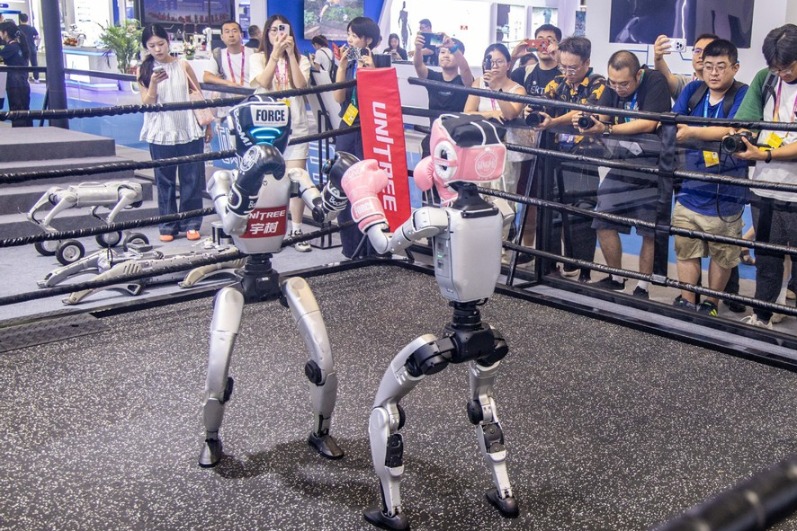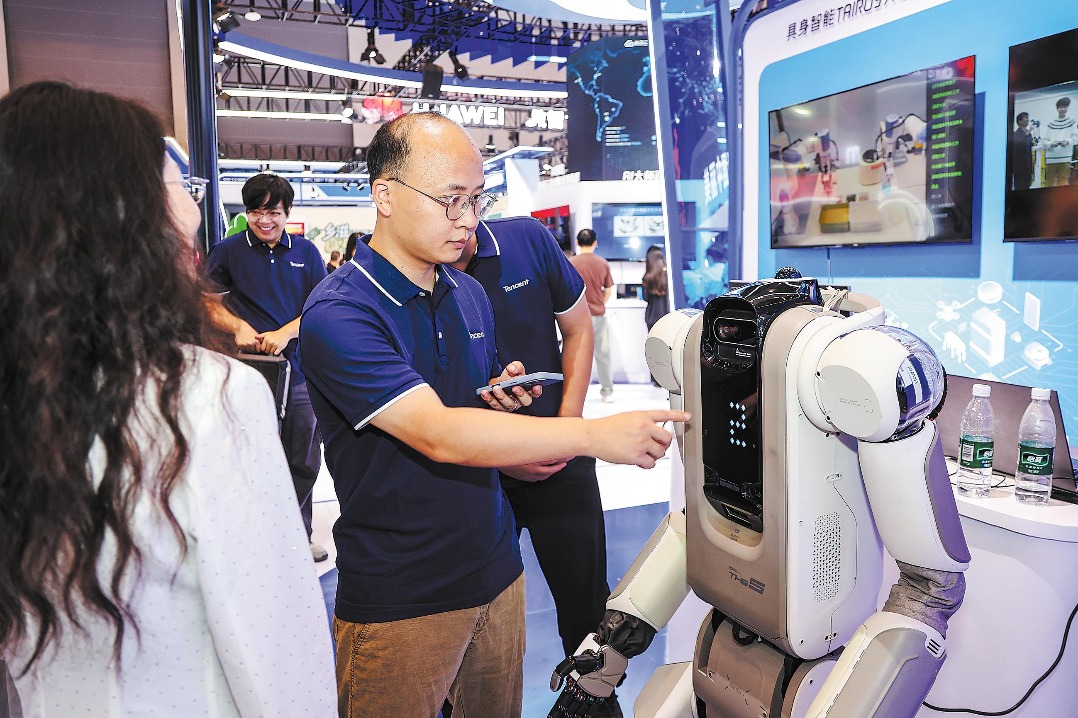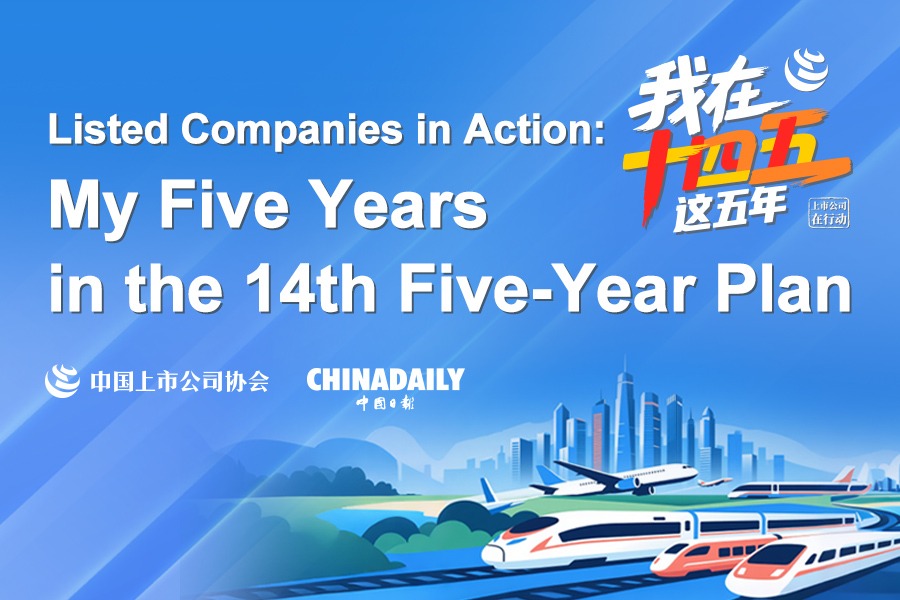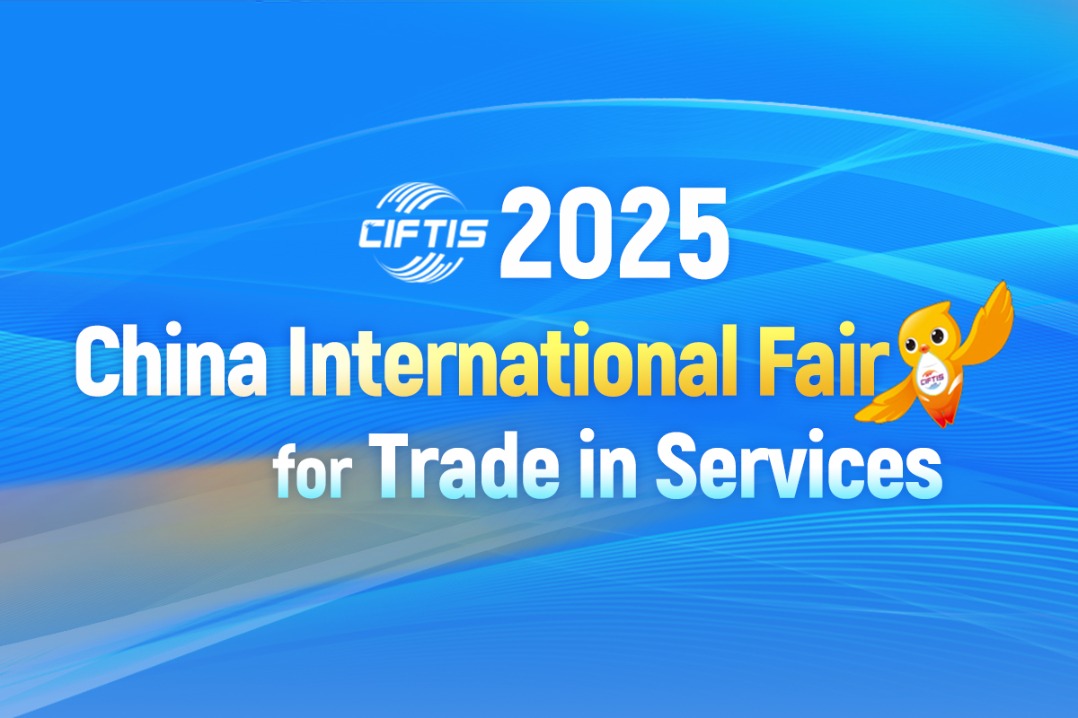NEV makers partner for shared charging tech


In a bid to ensure widespread and more efficient access to fast charging, new energy vehicle manufacturers are accelerating their efforts at collaboration and mutual growth through shared charging technologies and networks.
Volkswagen Group China and Chinese automaker Xpeng said on Monday that they will jointly build an ultrafast charging network covering over 20,000 terminals across 420 cities and regions in China, which will be open to users of both companies' vehicles.
The collaboration is expected to leverage their technological advantages in high-power liquid-cooled ultrafast charging and complementary charging network in the country, they said, allowing NEV owners across the nation to enjoy better fast-charging experiences.
In addition, the two automakers will also explore the possibility of jointly developing ultrafast charging stations under a co-branded partnership, they said.
The charging network will be developed by CAMS, Volkswagen's joint venture for charging business in China. According to official data from both companies, CAMS' charging stations totaled 1,621 as of Oct 11, with 13,112 charging terminals across 214 cities, while Xpeng had covered over 1,880 self-operated charging stations and more than 9,680 supercharging piles by the end of December, covering over 420 cities.
The collaboration comes amid the nation's efforts to advance the interconnectivity of its charging network.
The National Development and Reform Commission and the National Energy Administration issued a guideline in May 2023 to accelerate the development of charging infrastructure, with an emphasis on the need to "promote interoperability among public charging and battery swapping network operators".
Yan Jinghui, a member of the expert committee of the China Automobile Dealers Association, said an interconnected charging network can help enhance the convenience of charging services, eliminate use barriers, and better provide both online and offline charging support.
Furthermore, information connectivity is crucial for forming a unified energy supply network and encouraging interoperability among automakers and charging operators, Yan said.
In this regard, several automakers have announced plans to accelerate collaboration on sharing charging networks.
In December, Xiaomi said it would partner with NIO, Xpeng, and Li Auto for sharing charging infrastructure.
Over 14,000 NIO charging piles, more than 9,000 Xpeng piles, and over 6,000 Li Auto piles will be included in Xiaomi's online charging map that displays real-time information.
Chinese tech giant Huawei also announced the establishment of a "supercharging alliance" in April, which to date covers 31 provincial-level regions and 122 cities and includes 11 automakers such as Avatr, BAIC, BYD, Great Wall Motor, GAC, Chery and Seres.
According to a classification by the China Passenger Car Association, the country's NEV charging facility operators can be divided into four categories — integrated enterprises involved in both charging pile manufacturing and network operation, electric grid operators constructing their own charging networks, scaled automakers with self-built networks, and third-party charging network operators.
Scaled automakers constructing their own charging networks have become one of the major types of charging operators in China, with leading operators showing strong performance, said Cui Dongshu, secretary-general of the CPCA.
"The active participation of automakers will help drive the standardization and interoperability of charging facilities, ultimately providing consumers with a better charging experience," Lin Xianping, secretary-general of Hangzhou City University's cultural and creative research institute, said in an earlier interview.
Lin said the rapid growth of the electric vehicle market is increasing demand for charging infrastructure, offering more opportunities for the development of charging facilities.
According to data from the NEA, by the end of November, China had built a cumulative total of 12.352 million charging piles, up 50 percent year-on-year.
Contact the writers at lijiaying@chinadaily.com.cn
















